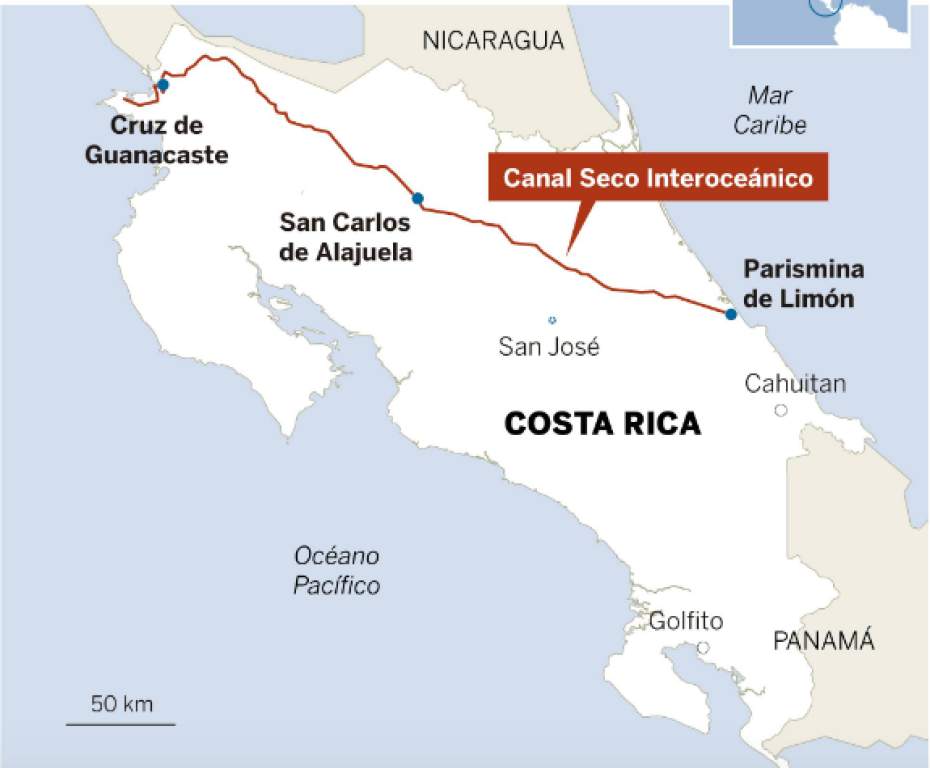The beggining of Eye of the Ocean monitoring program in Costa Rica
During the summer of 2023, the Eye of the Ocean monitoring program was initiated in Santa Elena Bay in the IMMA (Important Marine Mammals Areas) humpback whale breeding zone in Costa Rica. Our project ship, The Spartan, has finally launched into the ocean with one clear goal…
To monitor the bay
for whale conservation!




Over two months we conducted eight monitoring trips, one of which was a two-day trip to the Murcielago Islands archipelago in Santa Rosa National Park, part of ACG Guanacaste. Monitoring cruises included participation of marine biologist Frank Garita, ACG Guanacaste NP ranger Christian Zuniga, our summer volunteers and fellow sea turtle conservationist Shelton.
Our project monitoring boat, The Spartan, allowed us to make a variety of observations, including amazing drone or camera photos and videos. All of this footage was used to identify 5 humpback whales through the HappyWhales app, which allows us to track these marine mammals as well. The aim of the monitoring is to document the tail and dorsal fins of humpback whales, or their exhalations. We have also managed to capture a few whale breaches, but their images are not suitable for identification.
During the 8 monitoring trips we recorded at least 10 male humpback whales and 12 females with calves. We also monitored five groups of Pantropical Spotted Dolphins and a large number of mating Olive Ridley sea turtles. Monitoring also included detecting illegal fishing in the protected area, which was successful in two cases where rangers were informed and subsequently controlled the fishermen. This cooperation is well functioning.




The monitoring boat The Spartan is moored in the port of Cuajinicquil and its one-day cruise costs about 5,000 CZK. The plan for the 2024 whale monitoring season is about 20 cruises from mid-December 2023 to mid-March 2024 (northern population) and about 40 monitoring cruises from July to November 2024 (southern population). The budget for this monitoring will thus be about 100,000 CZK in winter and 200,000 CZK in summer. Therefore, a total of 300 000 CZK for 2024.
This period will be crucial for obtaining maximum data for the appeal to prohibit the approval of the Dry Canal project, which is a huge threat to the entire IMMA humpback whale breeding zone from San Juan del Sur to Papagayo Bay. We will also begin sub-sea monitoring, including documentation, starting in 2024.
What would the whales and many others be threatened with?
If a port for giant container ships would be built, the Santa Elena Bay whale habitat would be effectively destroyed (you can see the project’s construction plan here). While humpback whales would return to the bay in the first few years, collisions with ships would begin to occur just as injuries from propellers, and the biggest problem would be the perpetual noise from the ship’s engines, which would make it impossible for marine mammals to communicate. Part of this threat would be the pollution of the underwater world by petroleum products and chemicals used to clean ships. Accidents involving leakages of oil products from ships or other hazardous substances transported by container ships cannot be avoided.
In view of the fact that Santa Elena Bay is a breeding ground for humpback whales with the official identification of Important Marine Mammal Areas (IMMAs) and as a reflection of the current data from the Eye of the Ocean monitoring programme, it is necessary to do everything possible to terminate the plan to obtain a permit for the construction of a harbour in the whale bay and the implementation of a ‘dry channel’ throughout this area. From an environmental point of view, this would be an international environmental crime.
Compared to whale hunting, collisions between large cargo and tourist ships and whales are much more problematic. According to a study by Friend of the Sea organisation, this threat is referred to as the “silent massacre”. Around 20 000 whales are killed in this way every year around the world.

Photo ©Souffleurs d’Ecume
If you want to know more about the Blue Life Costa Rica project and the Eye of the Ocean monitoring program, visit our website here, volunteer to help, or stop by at one of our public lectures as part of our fall 2023 screening tour.
You can support our work with a one-time or ongoing donation of your choice.
Thank you.


